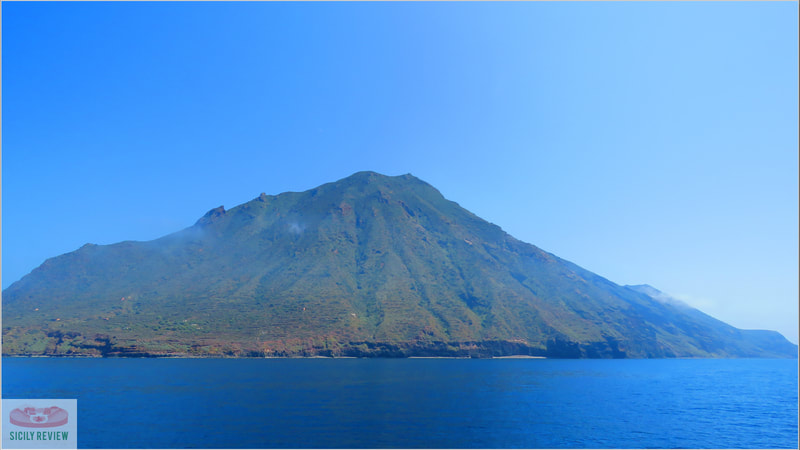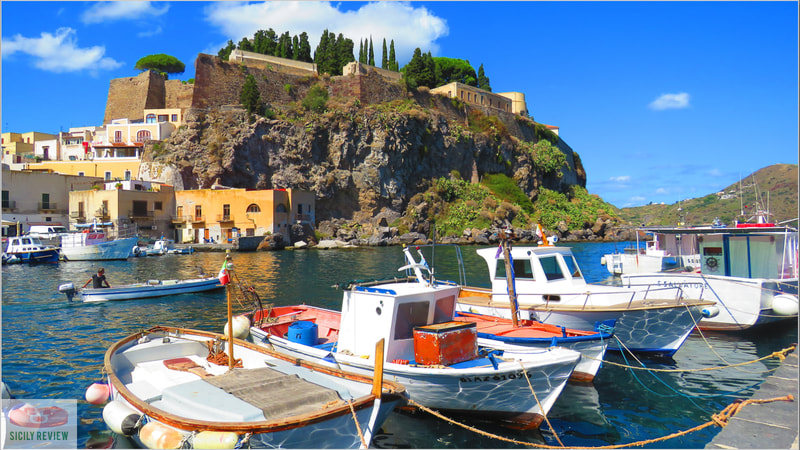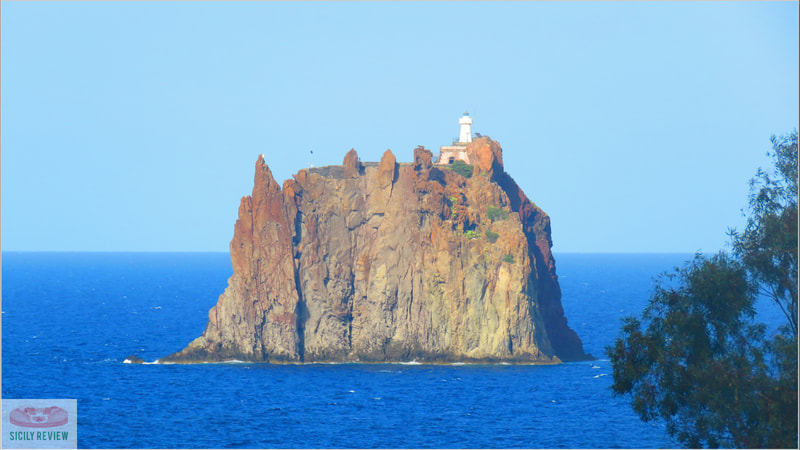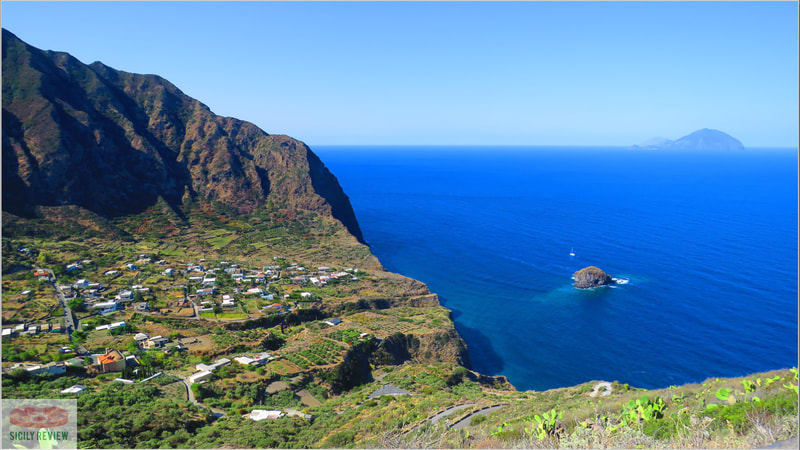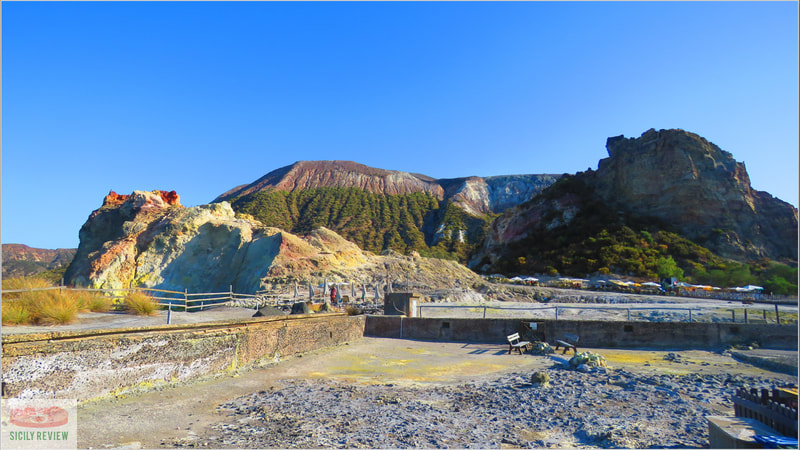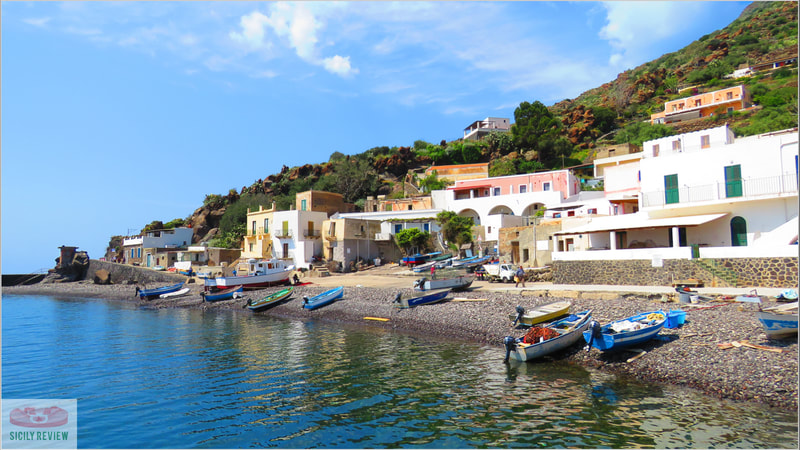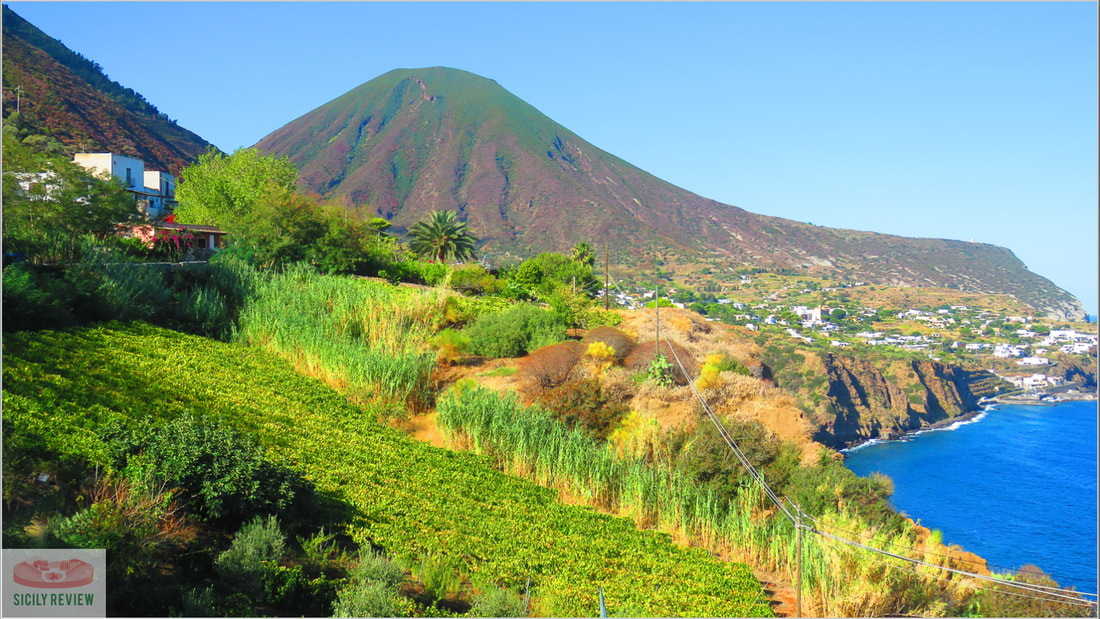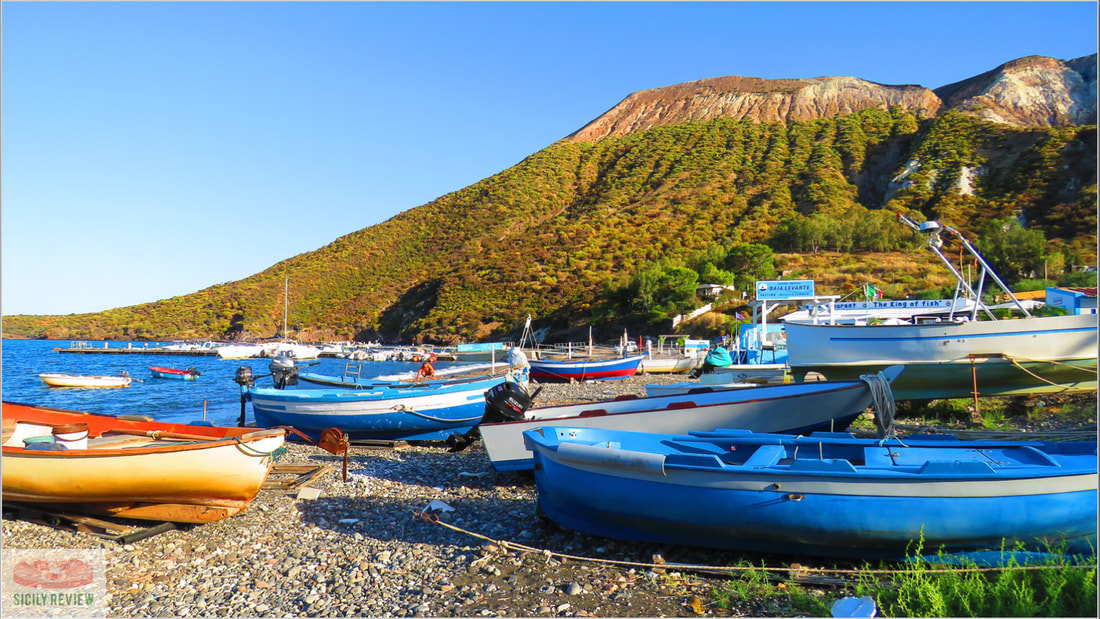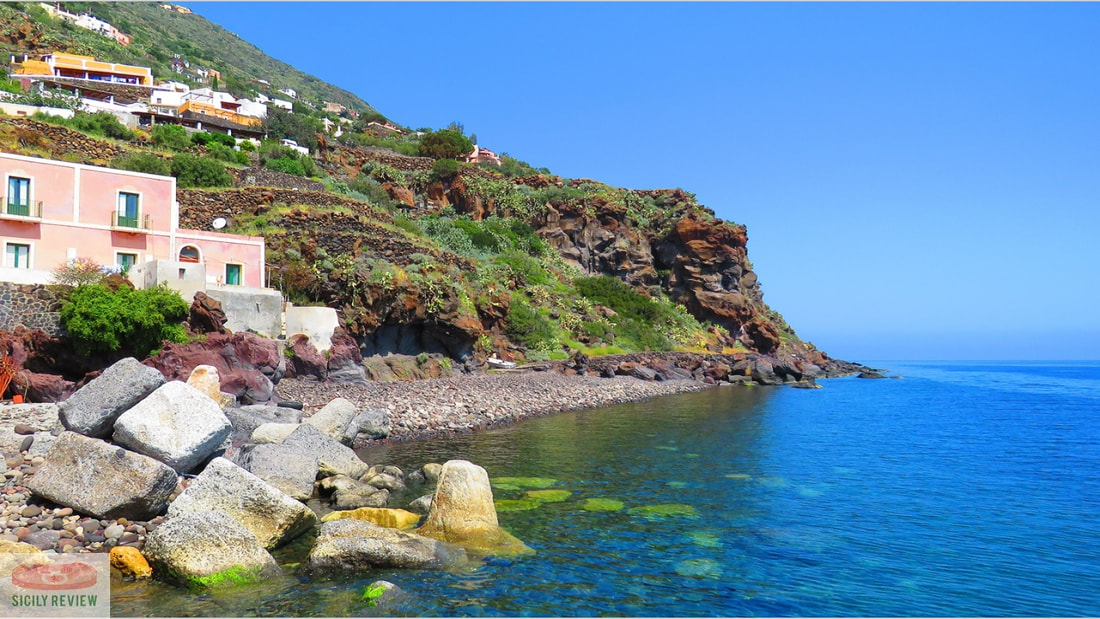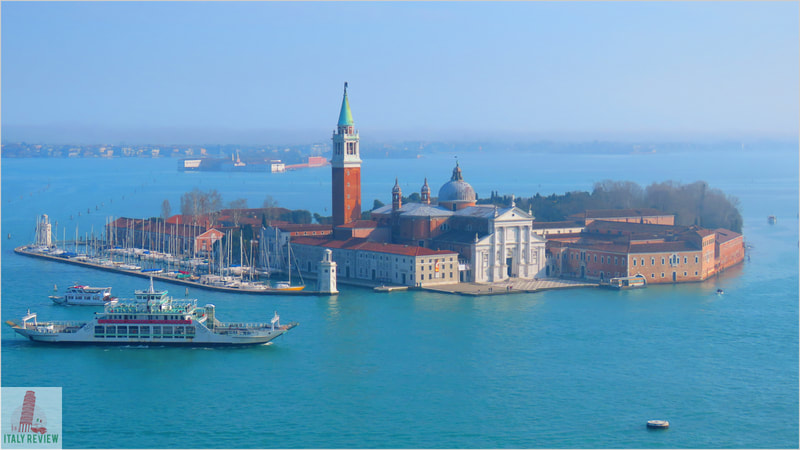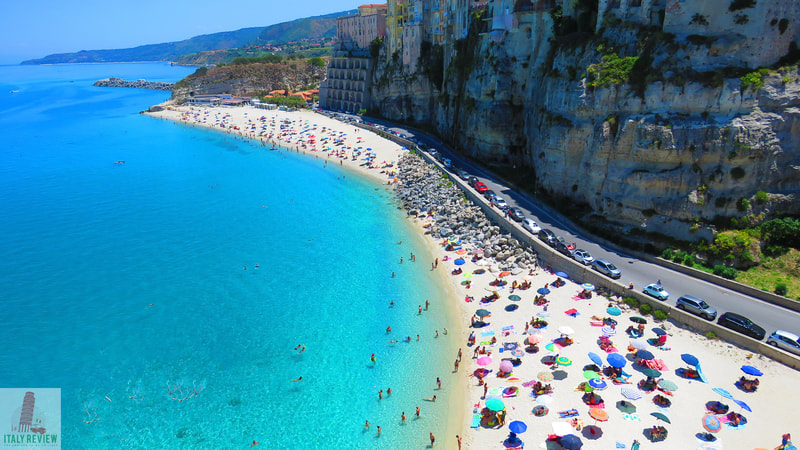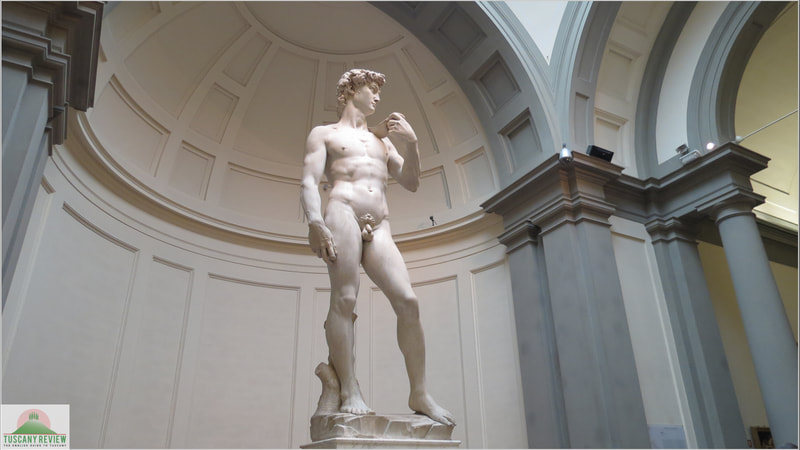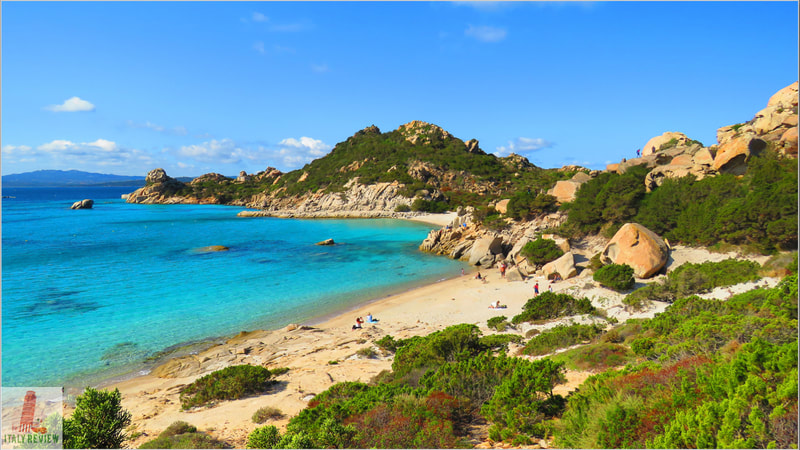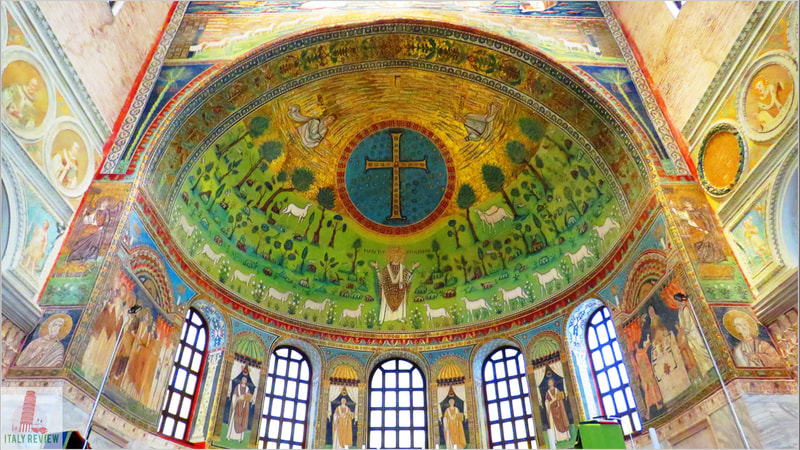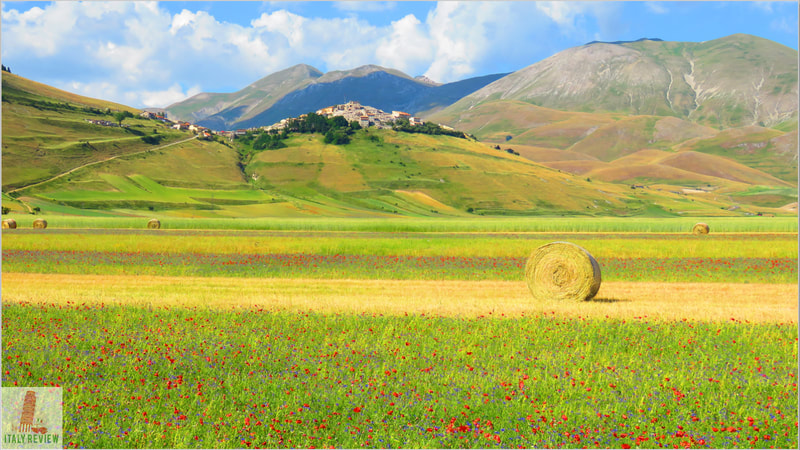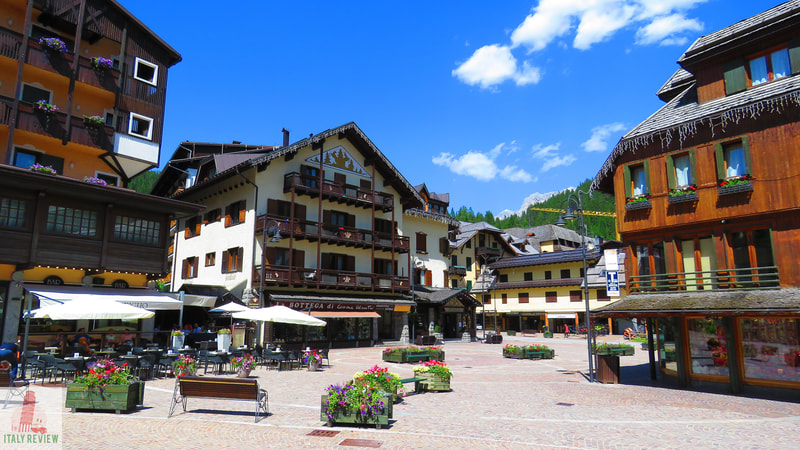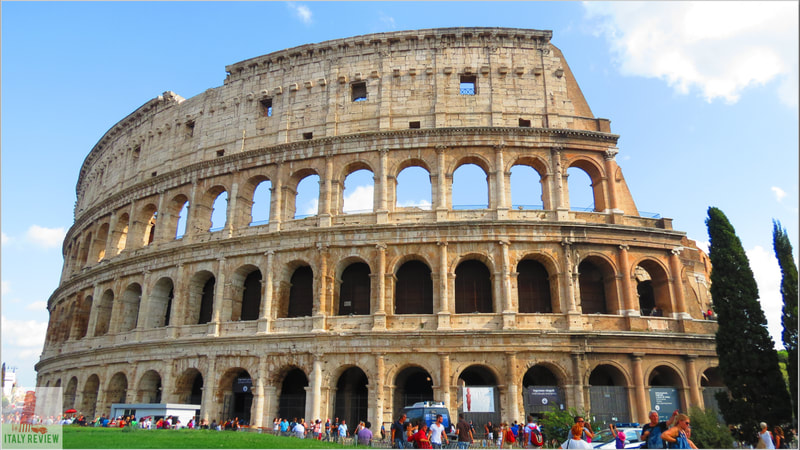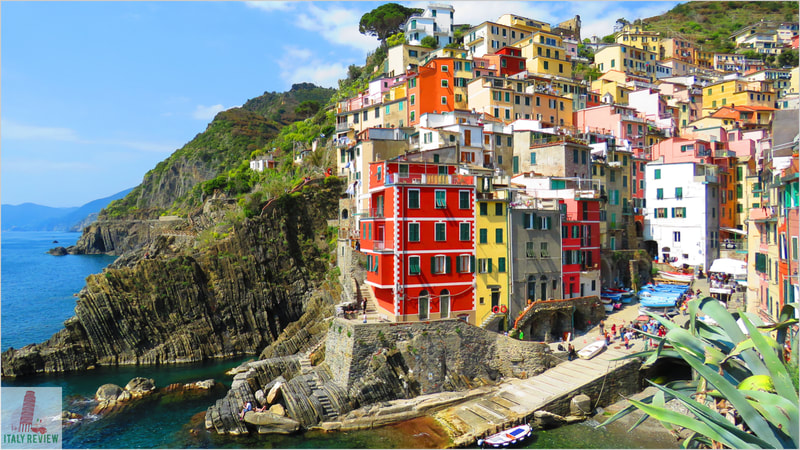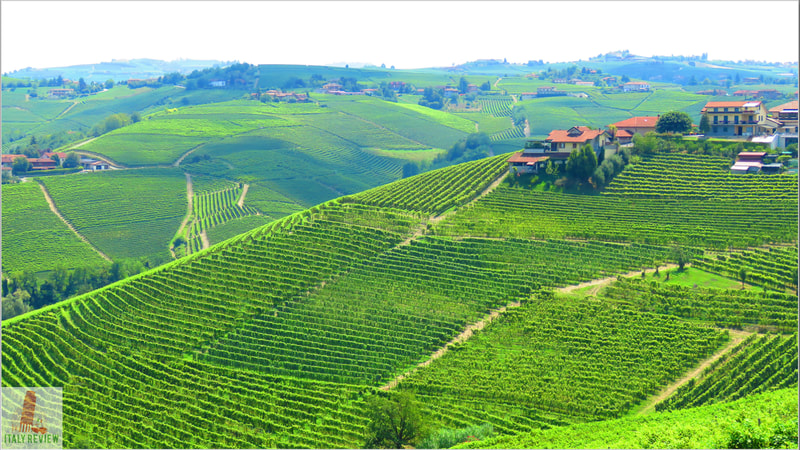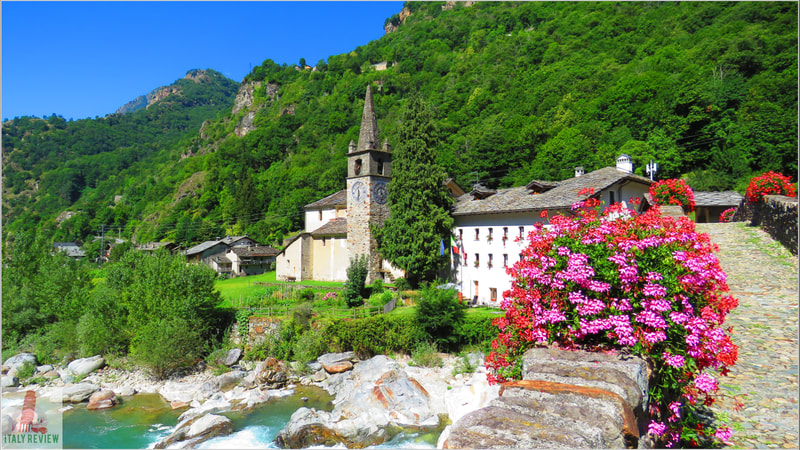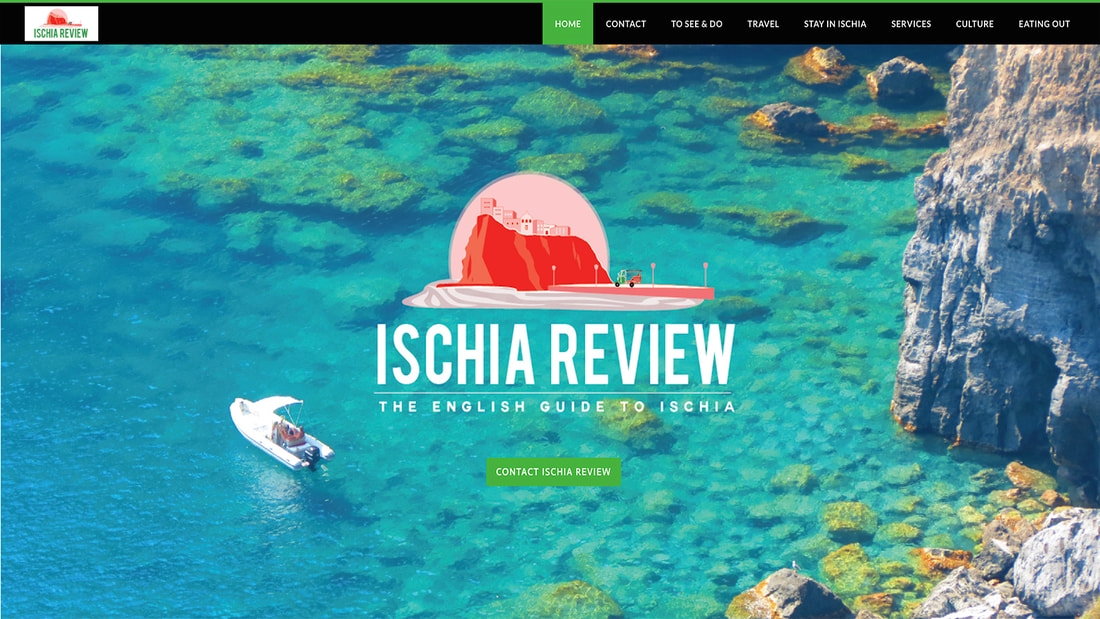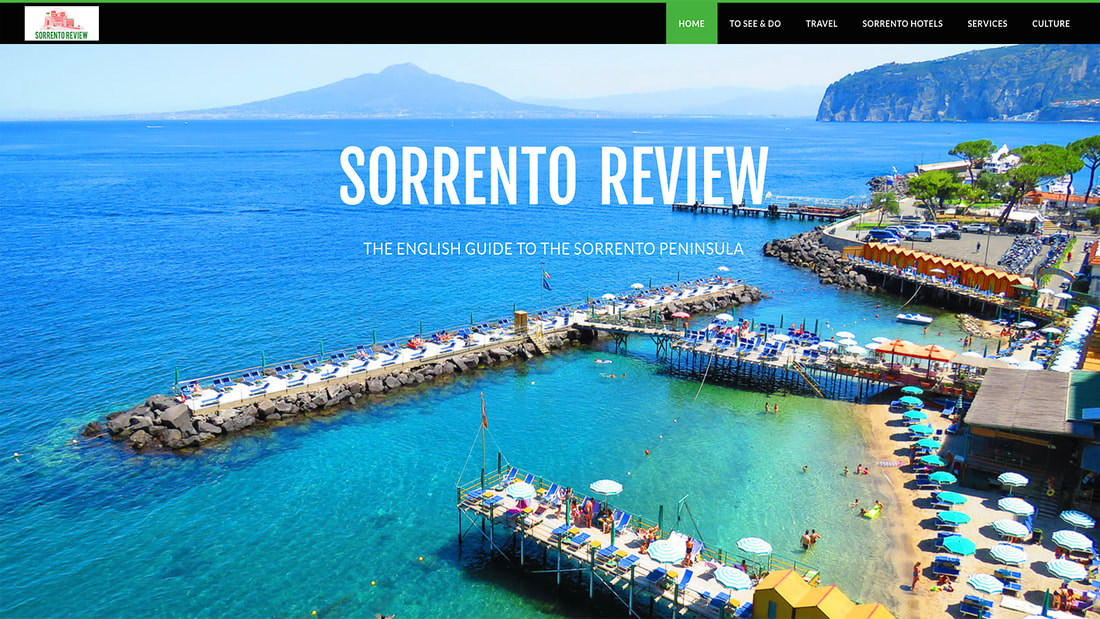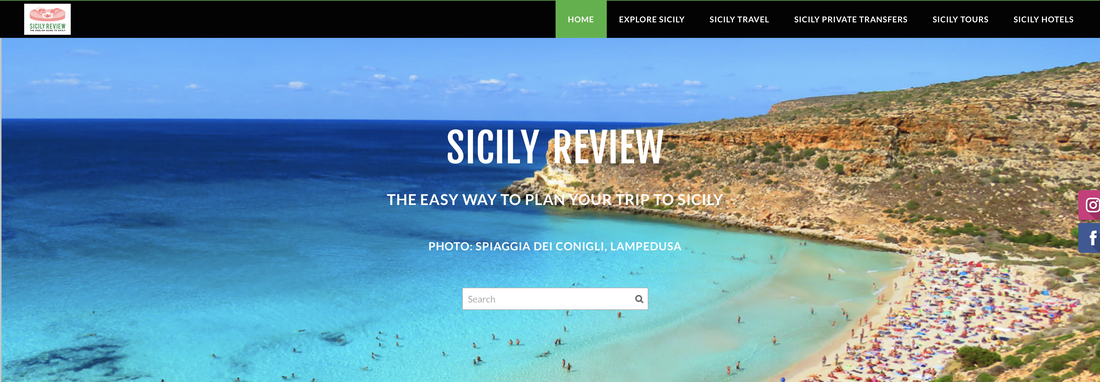Aeolian Islands
|
By Dion Protani
|
Latest update: 21 January 2024
|
|
The Aeolian Islands (Isole Eolie) are located in the Tyrrhenian Sea, around 40 kilometres from the Sicilian port town of Milazzo which is also the best place to reach them from.
Since the year 2000 the islands have been inscribed as a UNESCO World Heritage Site due to their particular volcanic properties. There are seven inhabited islands with the transport and administrative hub, the island of Lipari which is also the most populous. |
Lipari's near thirteen thousand inhabitants make up a large percentage of the overall population of the island group which stands at around fifteen thousand. The second most populous island is Salina which accounts for around 2,500 of the island group's remaining population.
Each island has its own unique character; Panarea for example is quite small but known for its designer boutiques, nightlife and generally lavish lifestyle which attracts the moneyed tourist. A fourth island, Stromboli, is a living, breathing volcano; its fumes and lava one of the main attractions for any day-trip. It also has beaches and around 400 residents.
Not to be confused with Stromboli is another volcanic island, neatly called Vulcano. Here you can bathe in the famous mud baths and this is also the island that's geographically closest to the Sicilian mainland.
The remaining two islands of Filicudi and Alicudi are the quietest of all, partly because it takes slightly longer to reach them. Visiting all seven islands in one day isn't feasible so most visitors pick a smaller number to visit with Lipari, Salina, Panarea, Stromboli and Vulcano the most popular.
Each island has its own unique character; Panarea for example is quite small but known for its designer boutiques, nightlife and generally lavish lifestyle which attracts the moneyed tourist. A fourth island, Stromboli, is a living, breathing volcano; its fumes and lava one of the main attractions for any day-trip. It also has beaches and around 400 residents.
Not to be confused with Stromboli is another volcanic island, neatly called Vulcano. Here you can bathe in the famous mud baths and this is also the island that's geographically closest to the Sicilian mainland.
The remaining two islands of Filicudi and Alicudi are the quietest of all, partly because it takes slightly longer to reach them. Visiting all seven islands in one day isn't feasible so most visitors pick a smaller number to visit with Lipari, Salina, Panarea, Stromboli and Vulcano the most popular.
Related links
Profile
Nestled in the Tyrrhenian Sea off the northern coast of Sicily, the Aeolian Islands form an enchanting archipelago that marries natural beauty with rich history and mythology. These volcanic islands, known for their diverse landscapes, crystalline waters, and ancient ruins, have captivated travelers for centuries.
History
The Aeolian Islands hold a place in both historical and mythical narratives. Named after Aeolus, the Greek god of winds, the islands have been inhabited since ancient times. They were colonized by various civilizations, including the Greeks, Romans, Byzantines, Normans, and Arabs. Their strategic position made them centers of trade and cultural exchange.
The Islands in brief
- Stromboli: This active volcano is often called the "Lighthouse of the Mediterranean" due to its frequent eruptions. It was the inspiration for Jules Verne's novel "Journey to the Center of the Earth."
- Vulcano: Known for its therapeutic mud baths and bubbling mud pits, Vulcano also inspired the word "volcano." The island's sulfur springs have been renowned since antiquity for their healing properties.
- Lipari: The largest of the Aeolian Islands, Lipari boasts ancient ruins, including its Greek acropolis and Roman archaeological sites. Its historical importance stems from its strategic location for trade.
- Panarea: With its crystalline waters, hidden coves, and upscale ambiance, Panarea is a favorite destination for yacht owners and those seeking a luxurious Mediterranean escape.
- Salina: Lush vineyards, picturesque villages, and the twin peaks of Monte Fossa delle Felci and Monte dei Porri characterize Salina, offering both natural beauty and historical allure.
- Filicudi and Alicudi: These quieter islands are ideal for nature lovers and those seeking an off-the-beaten-path experience. They offer pristine hiking trails and breathtaking views.
Visitor information
- Transportation: Ferries and hydrofoils connect the islands to the Sicilian mainland and each other. The archipelago is car-free, making walking and the occasional use of local transportation the preferred means of getting around.
- Accommodation: From luxury resorts to charming boutique hotels, the Aeolian Islands offer a range of accommodation options that cater to various budgets and preferences.
- Outdoor Activities: The islands are a paradise for water activities, including snorkeling, scuba diving, and sailing. Hiking enthusiasts can explore well-marked trails that showcase the islands' stunning landscapes.
- Cuisine: Seafood plays a prominent role in Aeolian cuisine, along with locally grown produce. Visitors can savor fresh catches and island-inspired dishes in charming waterfront restaurants.
Isole Eolie
|
Province: Metropolitan City of Messina
Region: Sicily Total population: 15,491 Number of islands: 7 Total size: 114 km² Total island group hotels: 29 |
Aeolian Islands Travel
The bulk of visitors to the Aeolian Islands come via the town of Milazzo on the Sicilian mainland. From there you can take either hydrofoils or ferries to each and any of the individual islands. It's also possible to sail from the Sicilian ports of Messina and Palermo or further north from Naples. There are also ferry connections with the Calabrian ports of Reggio Calabria and Vibo Valentia or from the seaside town of Tropea from where you can take a private excursion.
|
Main arrival port: Lipari
Journey time from Sicilian mainland: 40 minutes (to Vulcano) Distance from nearest Sicilian mainland port: 40 km |
Arrive by: ferry, hydrofoil, private excursion
Arrive from: Milazzo, Messina, Palermo, Naples, Reggio Calabria Best airports: Catania Airport, Palermo Airport, Naples Airport |

